Spectacle Frames Testing
Eyewear Expertise – QC for Spectacle Frames
Despite the abundance of contact lenses and availability of corrective surgery, millions of consumers still choose spectacles as their vision correction device. For many users, spectacles are an important element of personal style, and an accessory they wear for most of their waking time. Quality, safety and robustness requirements for spectacles are high, due to the conditions of their use: prolonged contact with the skin; proximity to the eyes and face; exposure to such aggressive substances as sweat, perfume, and cosmetics.
Under European Regulation (EU) 2017/745, spectacle frames are categorized as a medical device for vision correction.
QIMA offers a wide range of performance tests and lab tests for spectacle frames, helping you ensure that your product meets all applicable international standards, as well as the requirements of your destination market.
Dedicated Eyewear Testing Labs
With our dedicated HOKLAS and CNAS accredited testing lab, we offer the largest available range of tests for spectacle frames against all applicable international and national standards, including:
- International: ISO 12870
- Europe: EN ISO 12870
- USA: ANSI Z80.5
- China: GB/T 14214
- Australia / New Zealand: AS/NZS ISO 12870
- Japan: JIS B 7285
HOKLAS and CNAS Accredited Lab Testing for Spectacle Frames
QIMA's dedicated HOKLAS and CNAS accredited testing laboratory offers a wide range of laboratory tests that check numerous chemical and optical characteristics of your spectacle frames.
Our selection of lab tests for spectacle frames includes, among others:
- Abuse tests on children spectacle frame: small parts / sharp edge / sharp point / deformation test / drop test / tensile test / compression test / impact test (EN 71.1)
- Color stability to cosmetic products (industry method)
- Corrosion test on metal parts, for ANSI Z80.5
- Cross-cut test (industry method, ISO 2409)
- Dimensional stability at elevated temperatures, for ISO / EN ISO 12870 and GB/T 14214
- Frame color / coating flexibility, for GB/T 14214
- Frame size measurement (including rim circumference) using frame tracers and caliper
- Hinge strength test (industry method)
- Hinge/flex joint durability test (industry method)
- Measuring system and tolerance (ISO 8624), for ISO / EN ISO / AS/NZS ISO 12870
- Mechanical stability: bridge deformation and lens retention, for ISO / EN ISO 12870 and GB/T 14214
- Mechanical stability: endurance, for ISO / EN ISO 12870, AS/NZS 2228.2, and GB/T 14214
- Mechanical strength (bridge), for AS/NZS 2228.2 and ANSI Z80.5
- Memory frame material tests: bending temples / bending front and twisting bridge made of memory material (industry method)
- Nickel release on coated metal parts of spectacle frames (EN 16128 or GB/T 38009), for ISO / EN ISO 12870, GB/T 14214
- Resistance to ignition, ISO / EN ISO 12870 and GB/T 14214
- Resistance to optical radiation (frame color fastness), for ISO / EN ISO 12870
- Resistance to Perspiration (Artificial Sweat Corrosion), for ISO / EN ISO 12870, and GB/T 14214
- Resistance to salt spray corrosion, for ASTM B117
- Rubbing test on eyeglass case covering material
- Rubbing test on paint / surface coating (industry method)
- Spectacle frame former and tolerance (ISO 11380)
- Spectacle frame screw thread and tolerance (ISO 11381), for ISO / EN ISO 12870
- Tensile (pulling) test on material strength or frame strength, for GB/T 14214
QIMA also provides testing services for your in-house methods and specifications – get in touch with us to get an instant quote.
Learn more about quality control services and lab tests we offer for other eyewear categories:

Thông tin chi tiết về chuỗi cung ứng




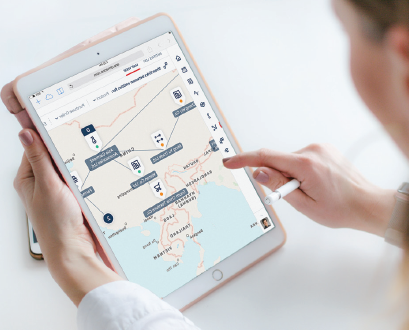

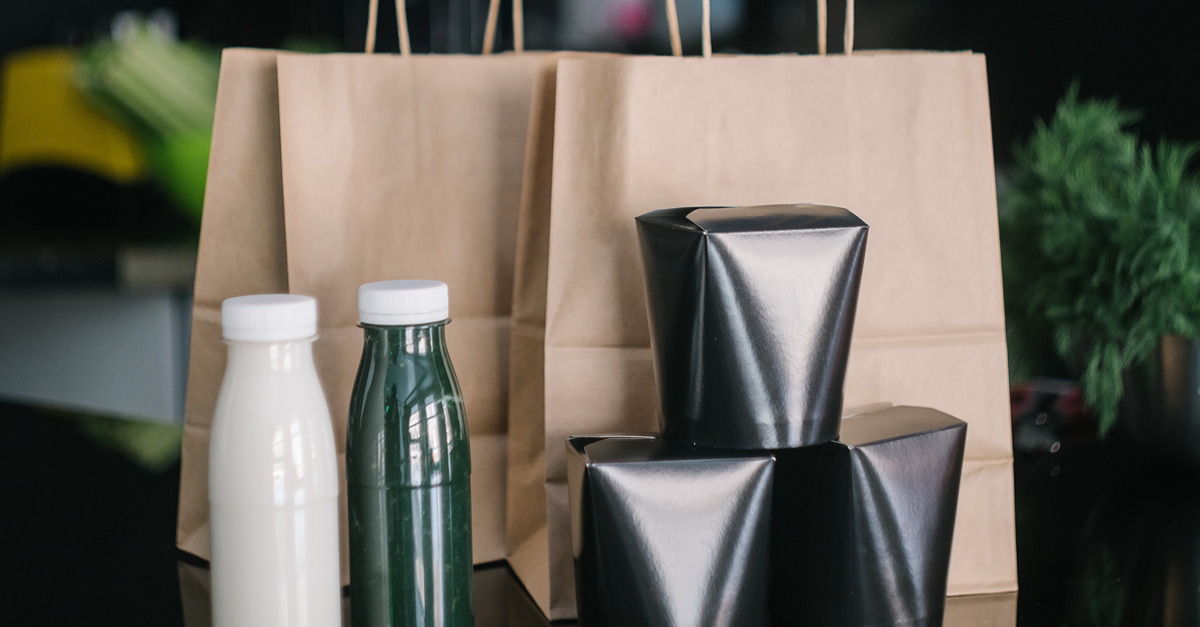
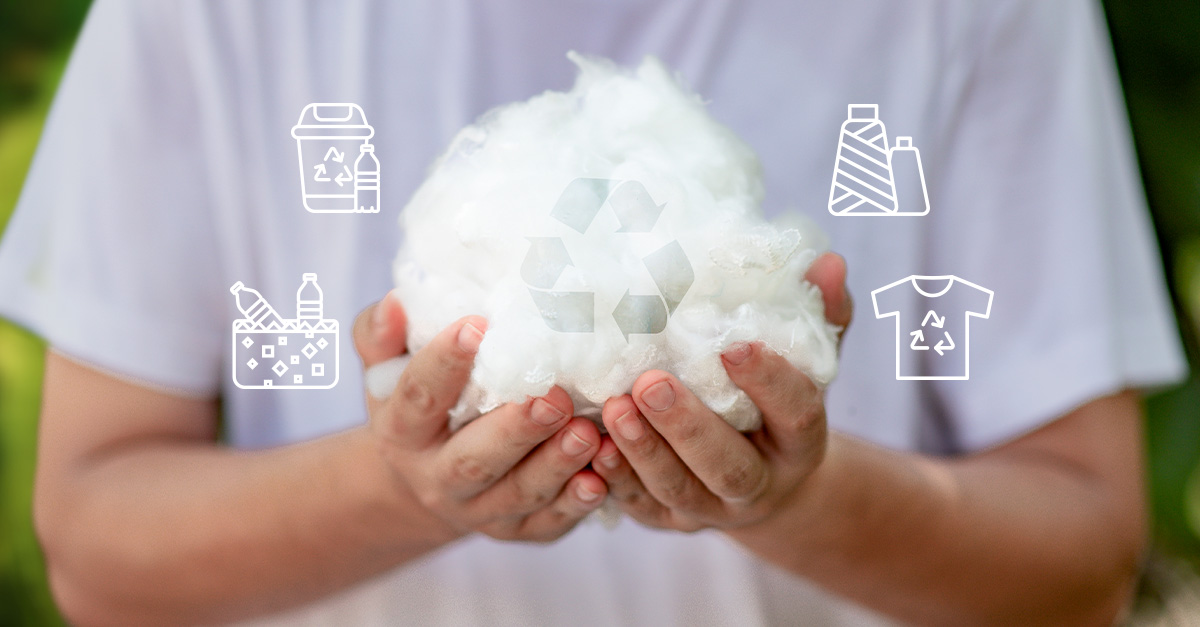
While many brands and suppliers are making efforts to incorporate recycled polyester fabrics into their products, it remains challenging to verify the authenticity and quantity of recycled polyester in these items. This presents a dilemma for consumers who want to make informed choices.
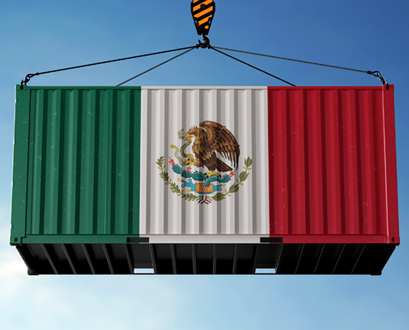

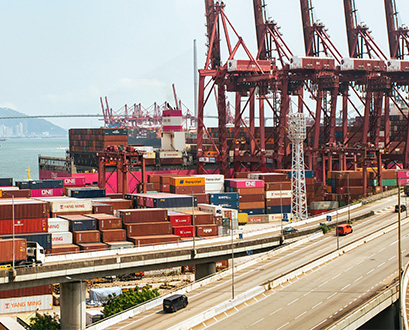
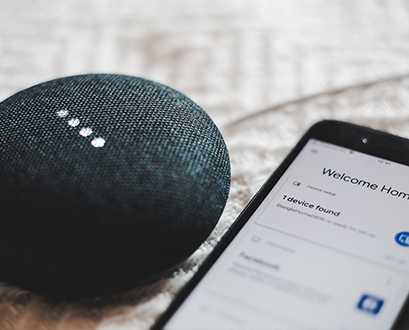



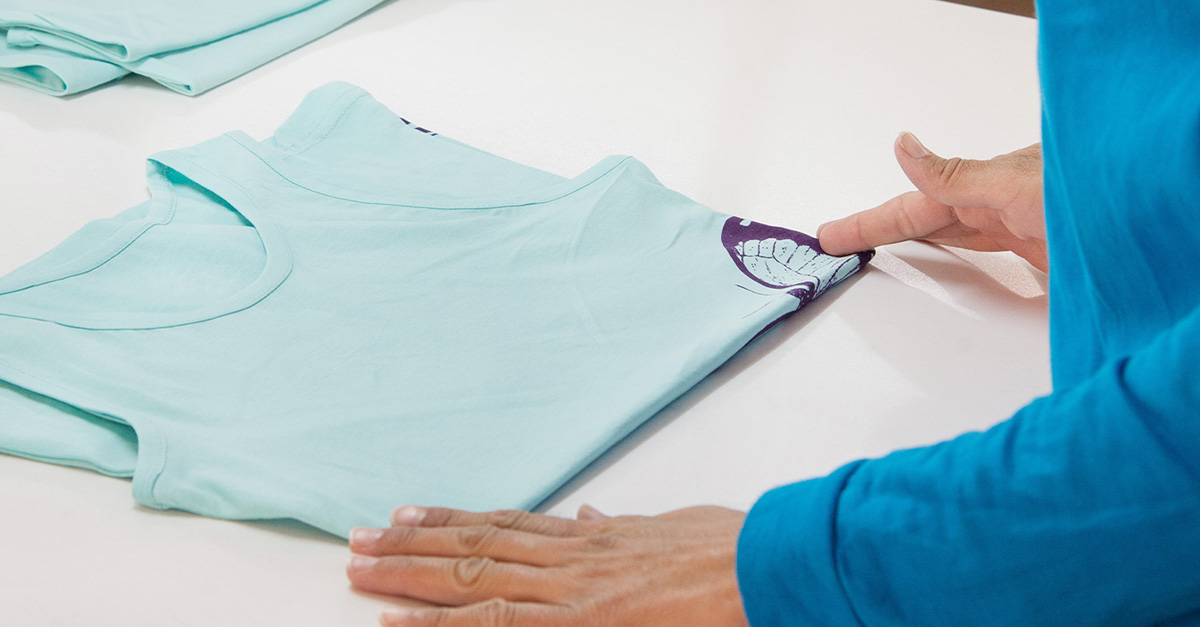


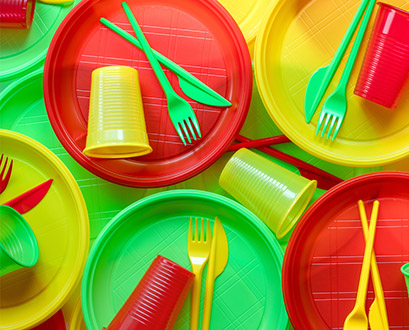
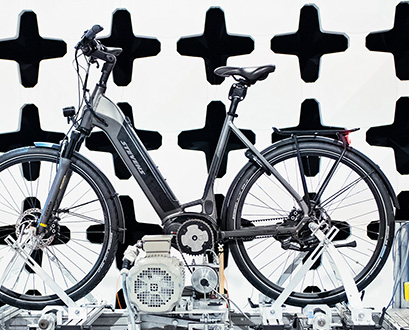


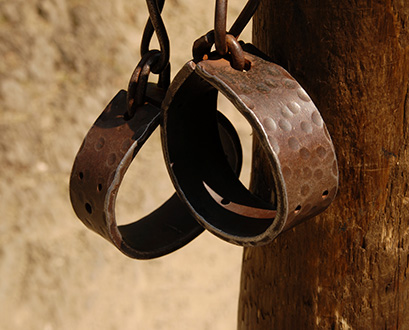
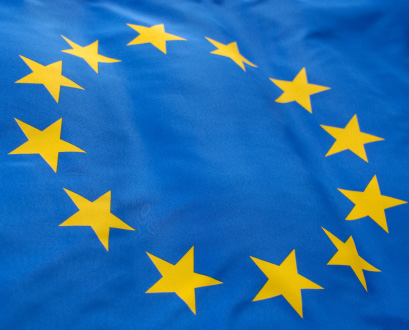




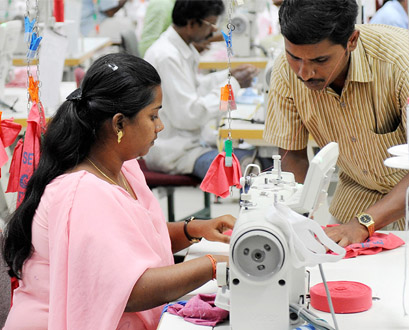
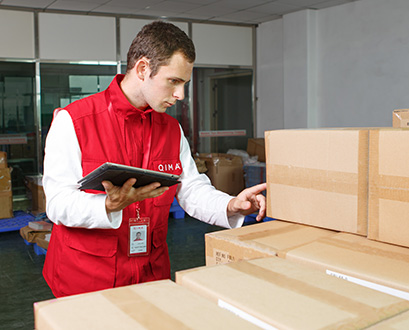
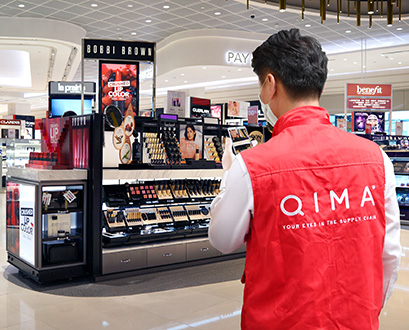
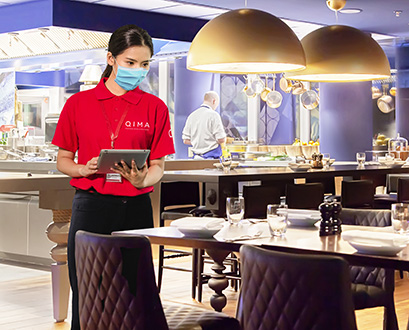
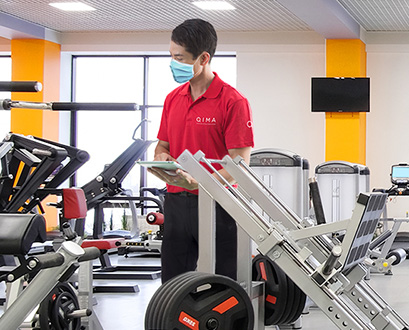
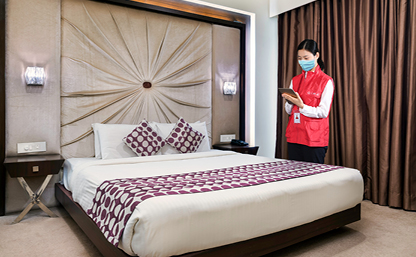
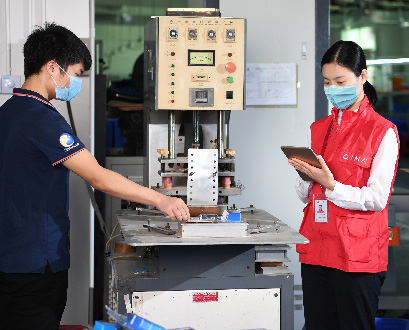


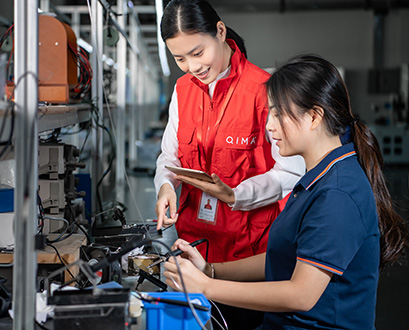
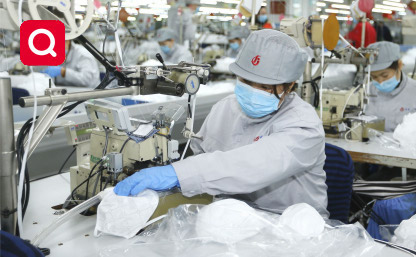
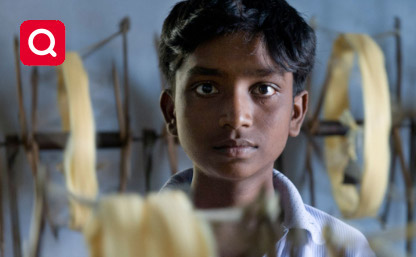
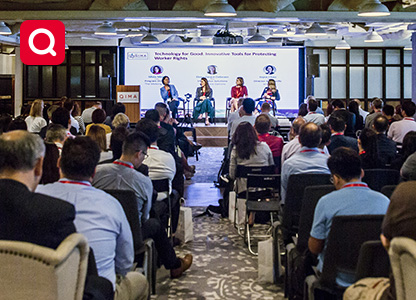

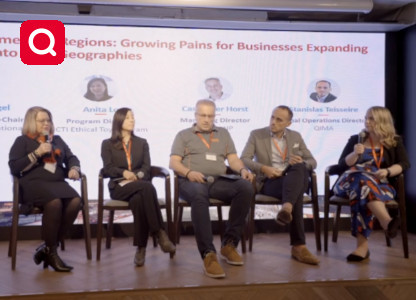




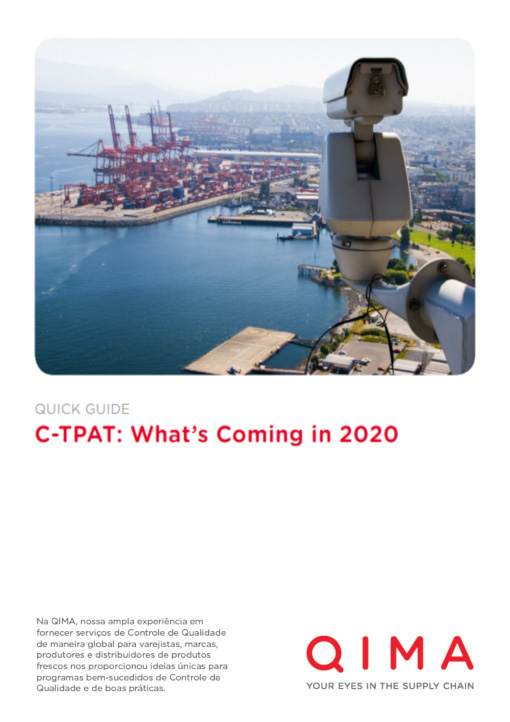



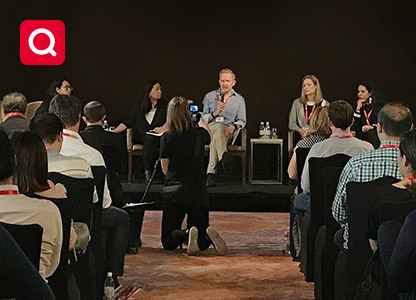
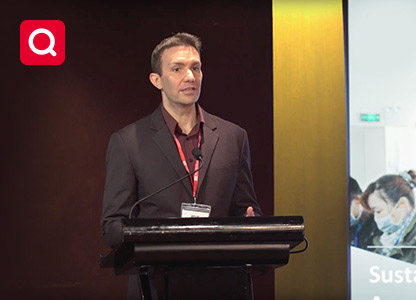
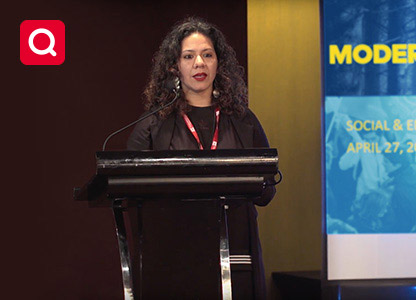





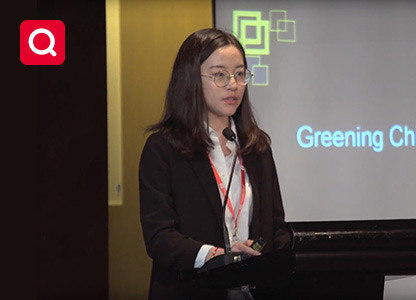
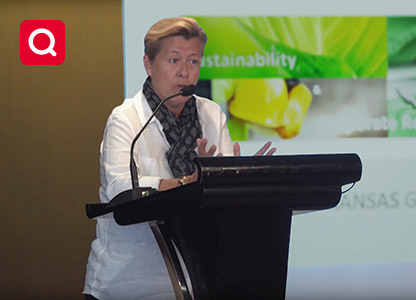
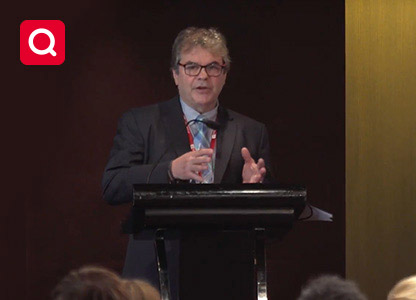
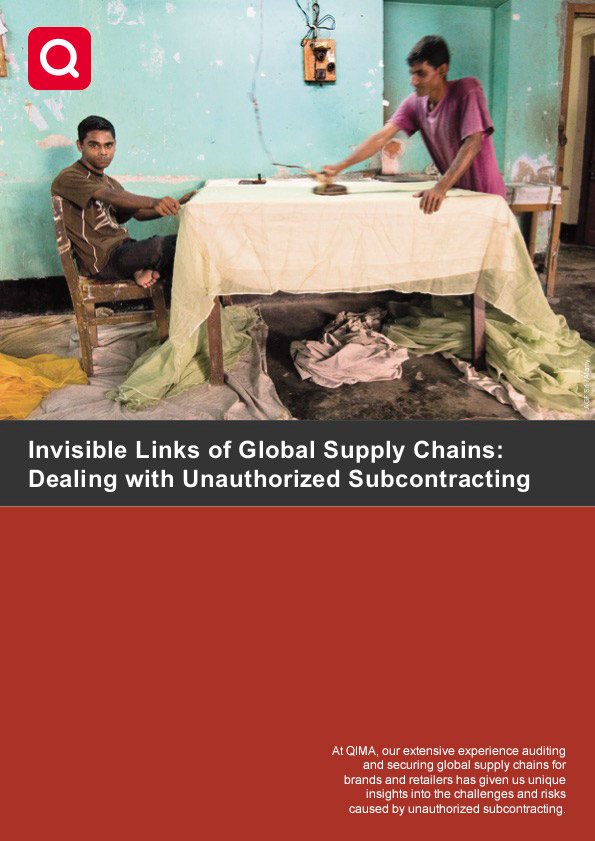

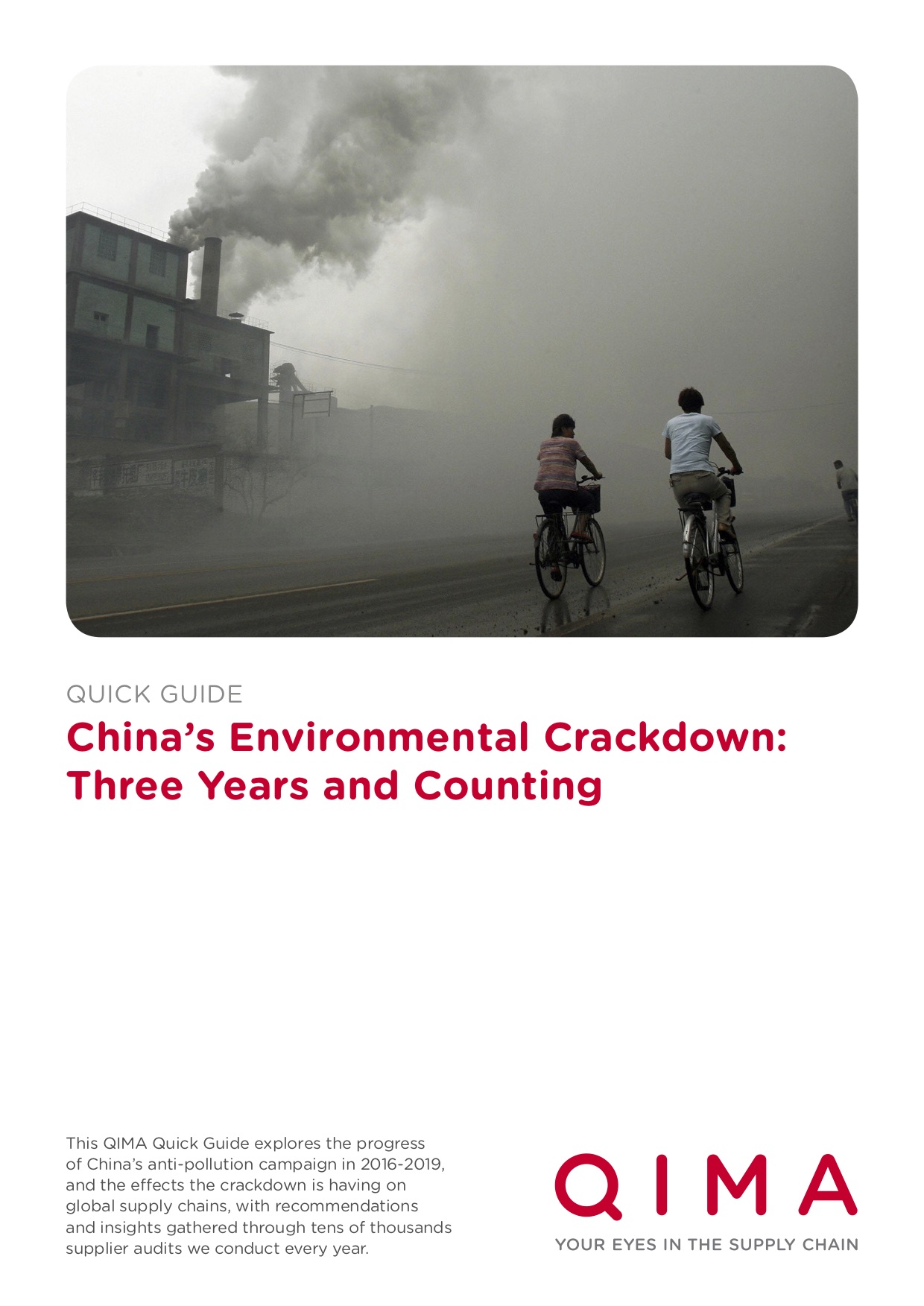
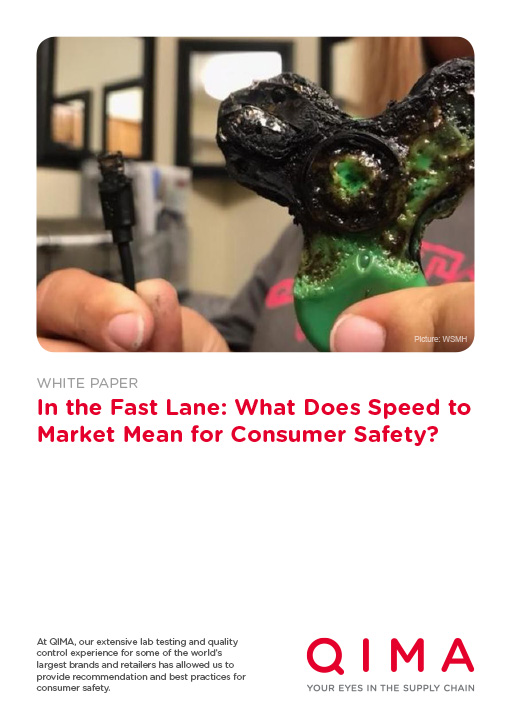

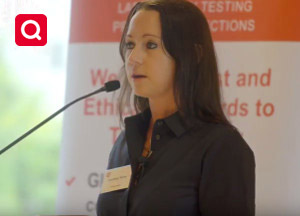
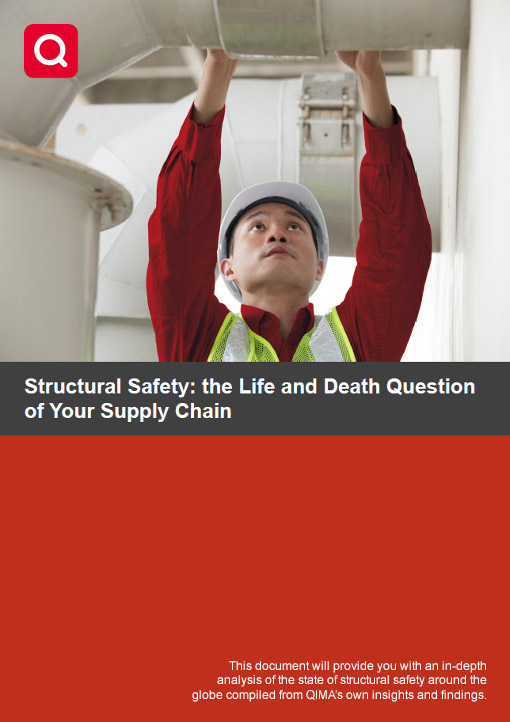
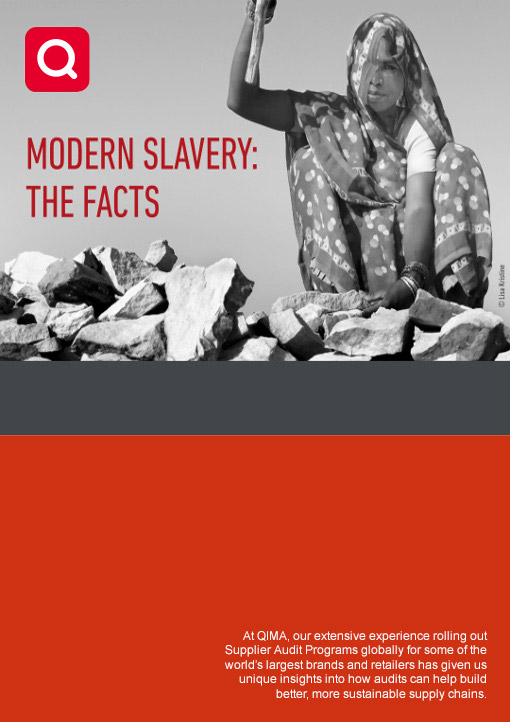

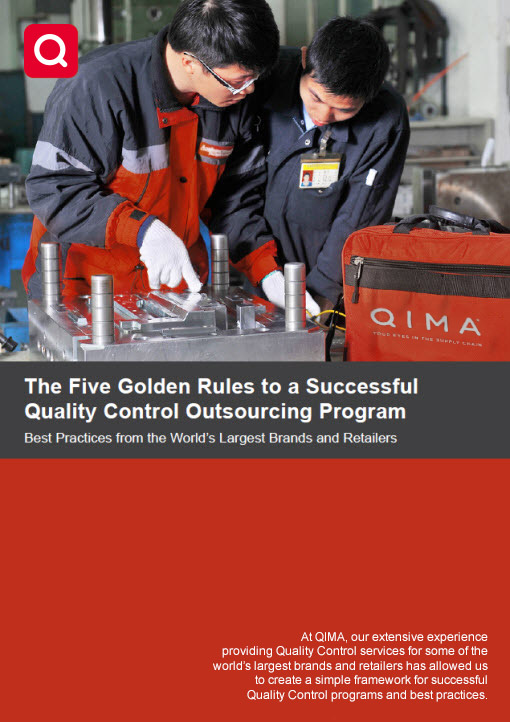

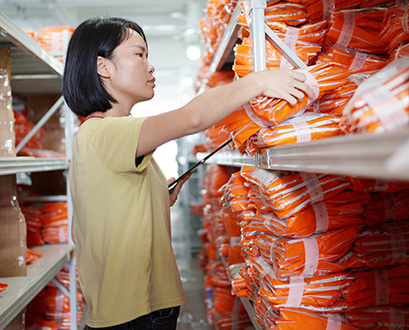

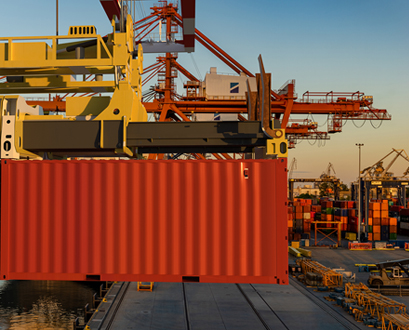





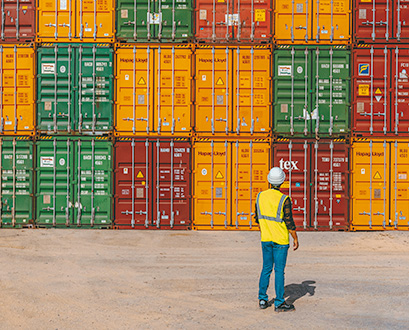

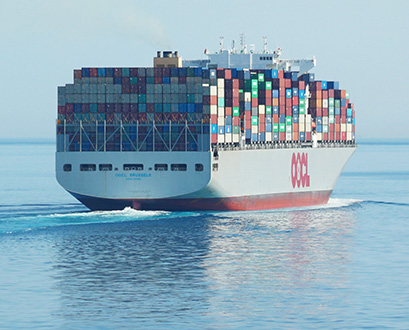
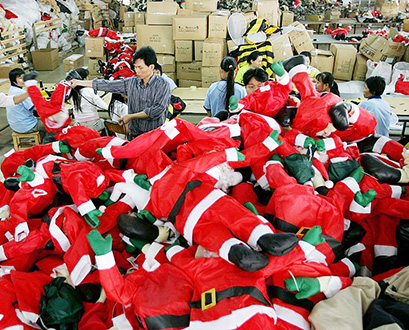
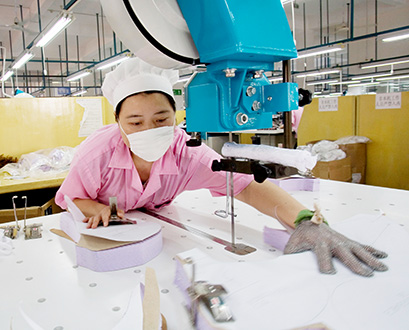

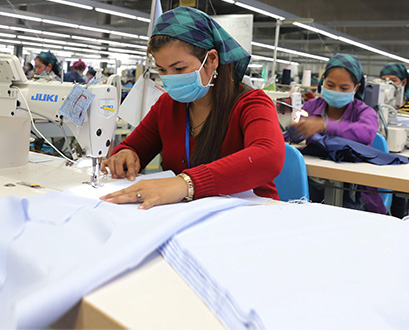
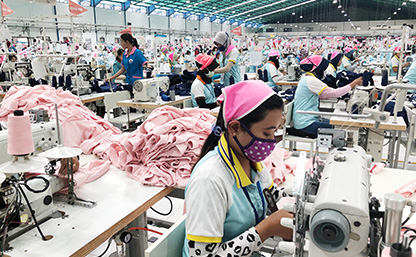
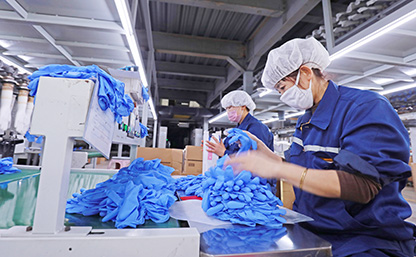
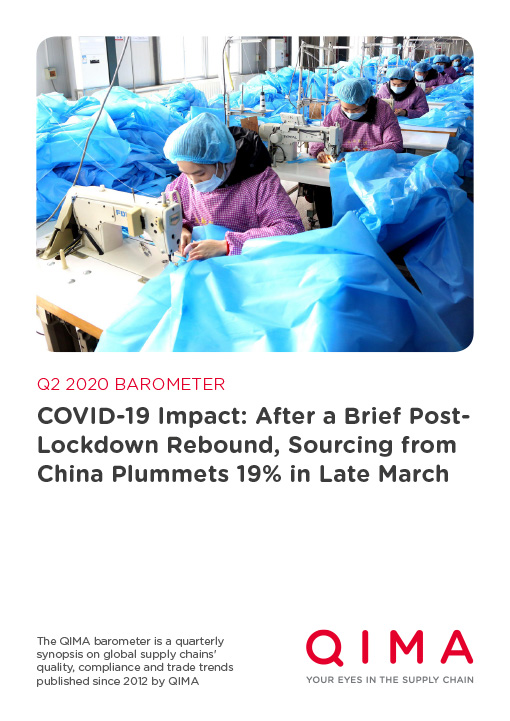
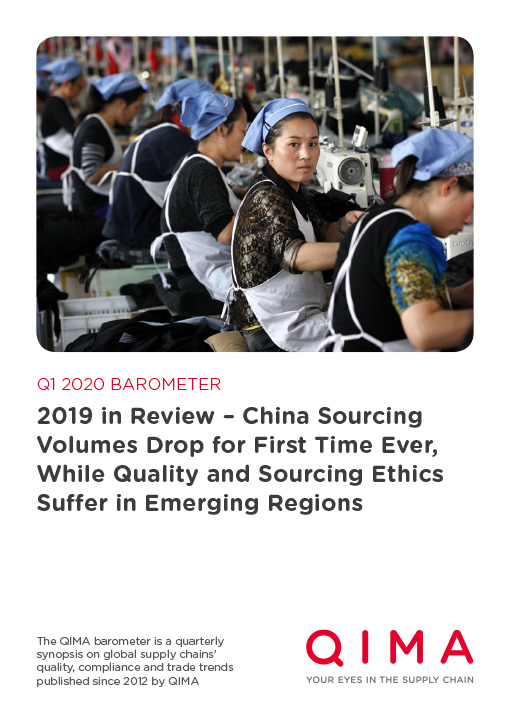
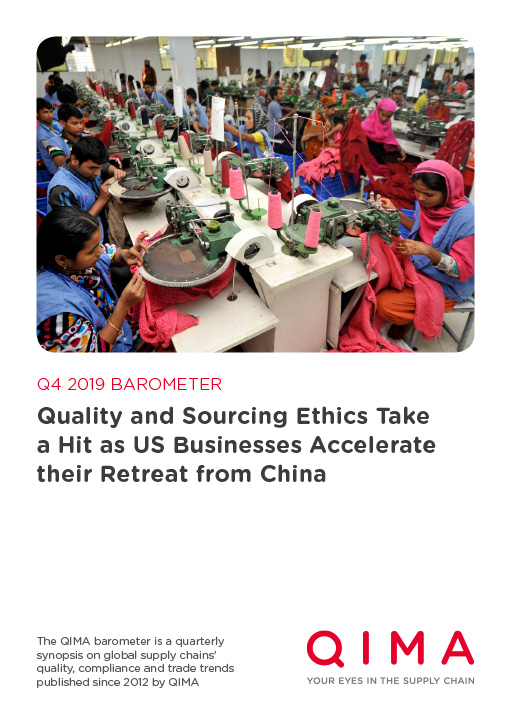
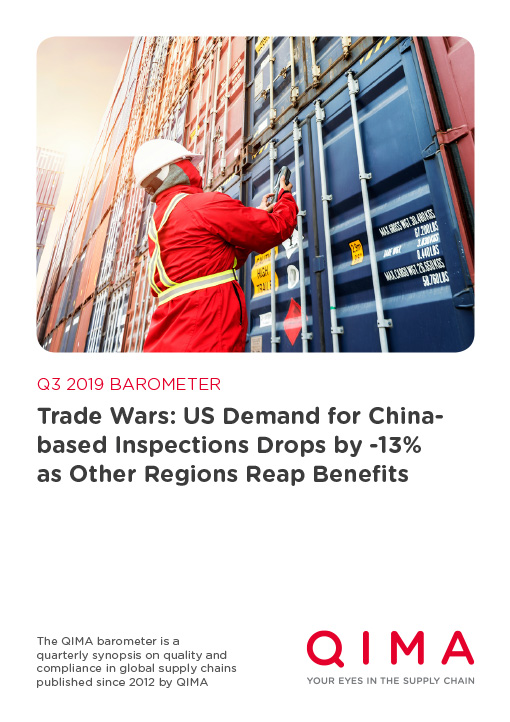
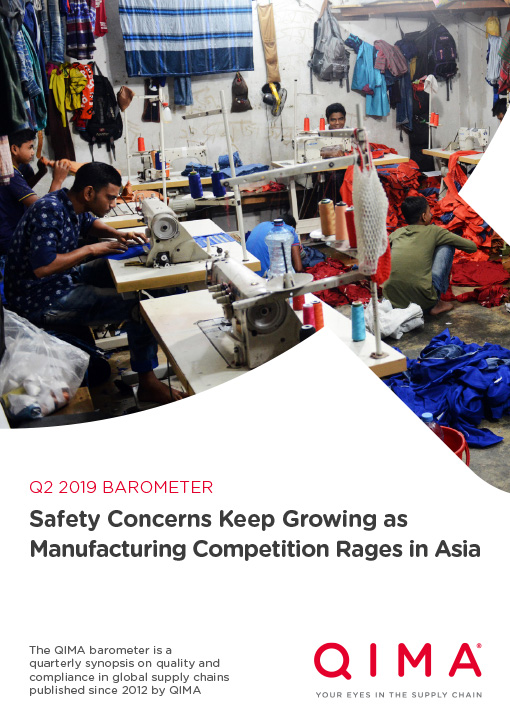
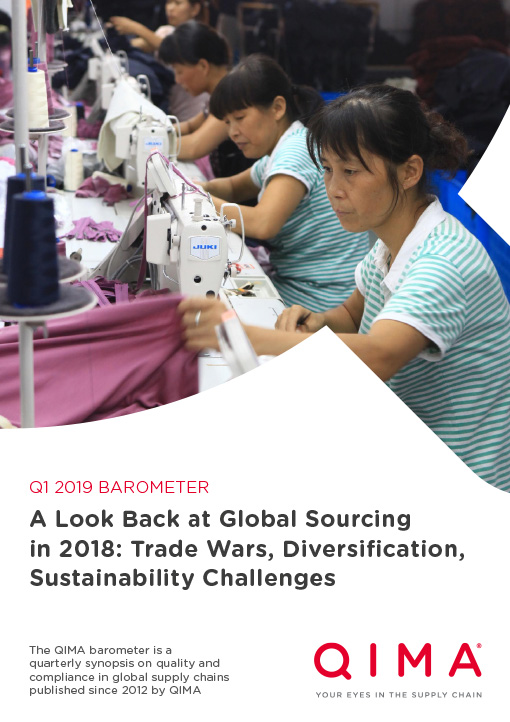
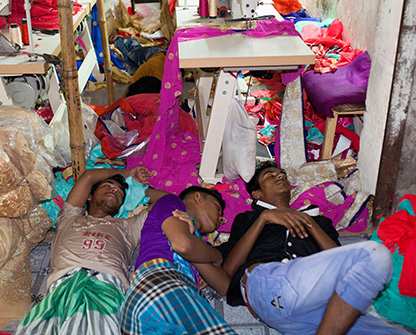


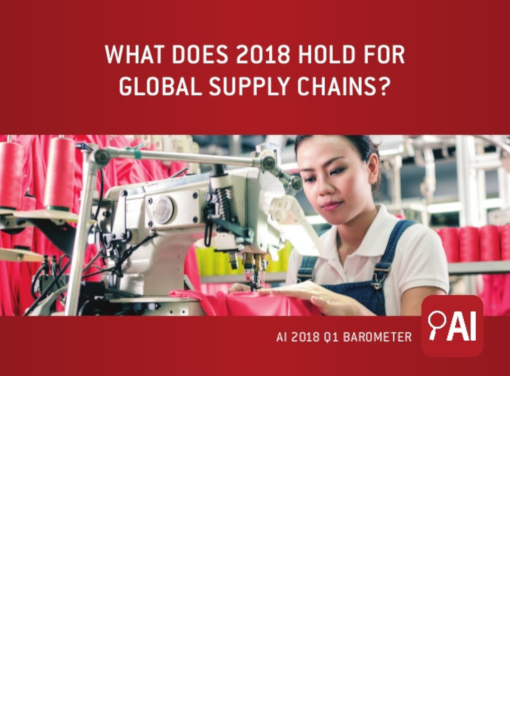
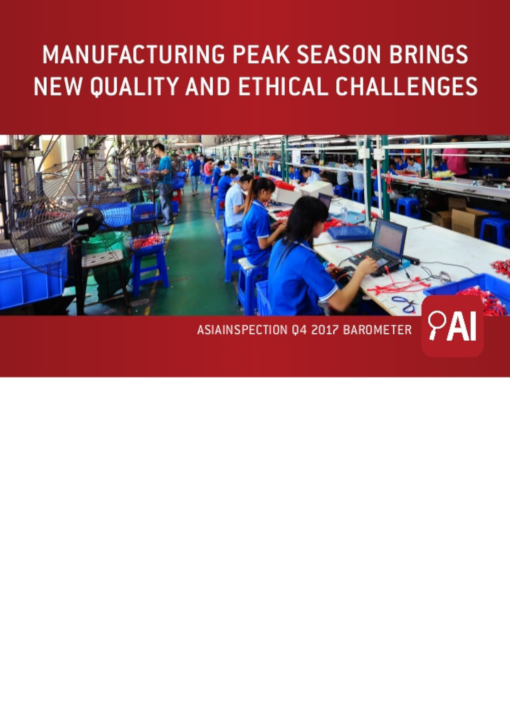
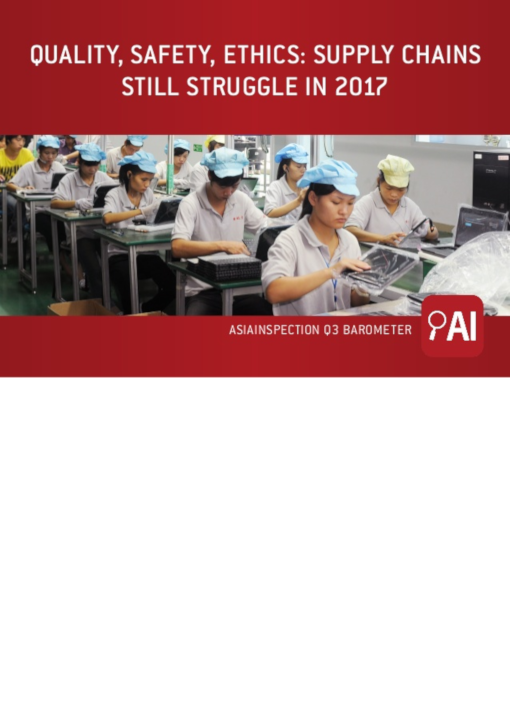
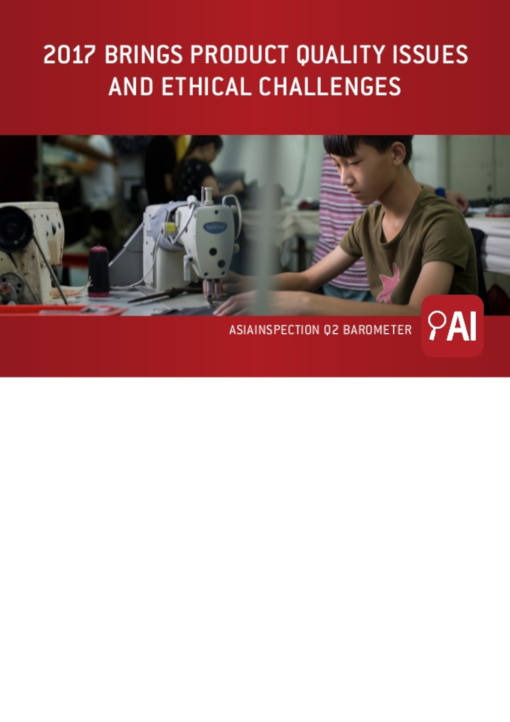
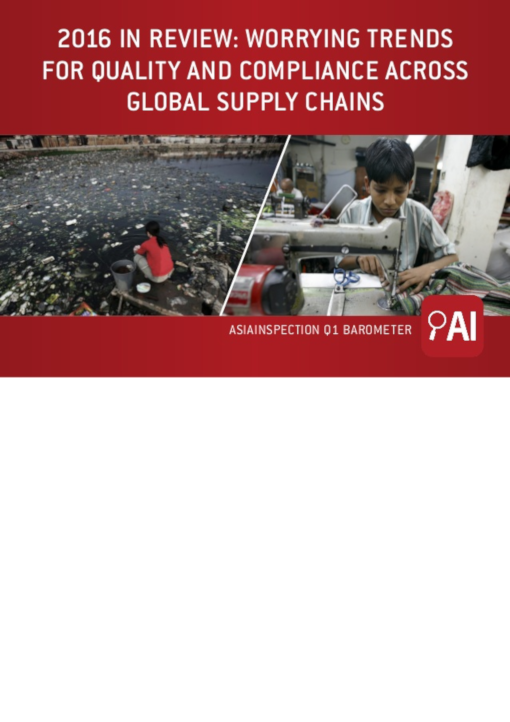
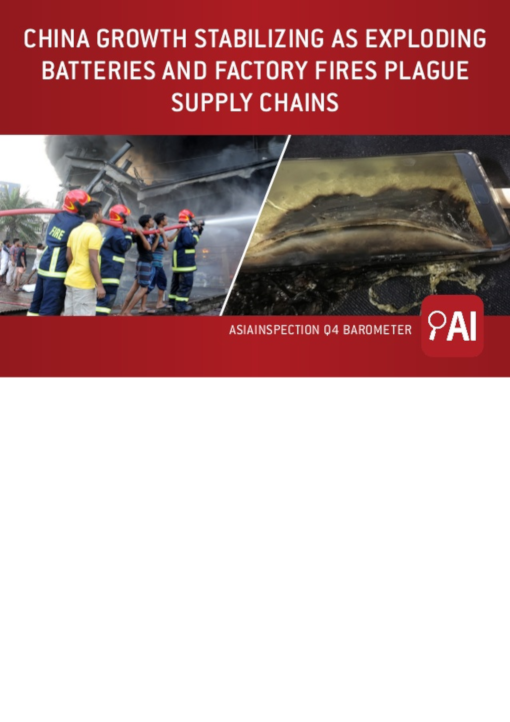
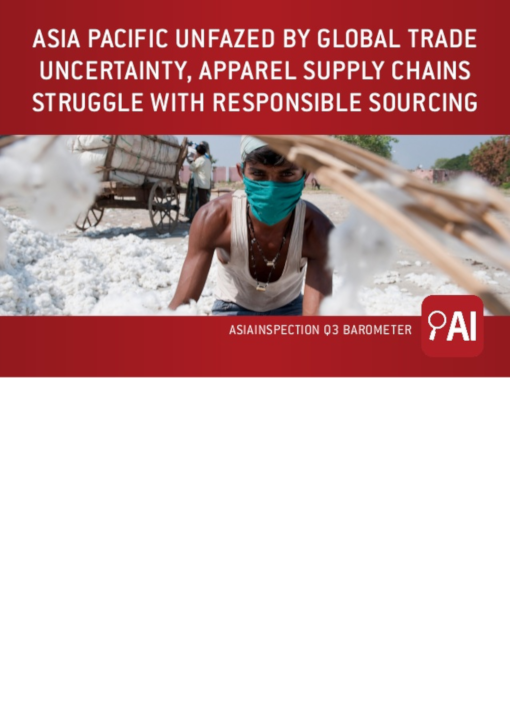
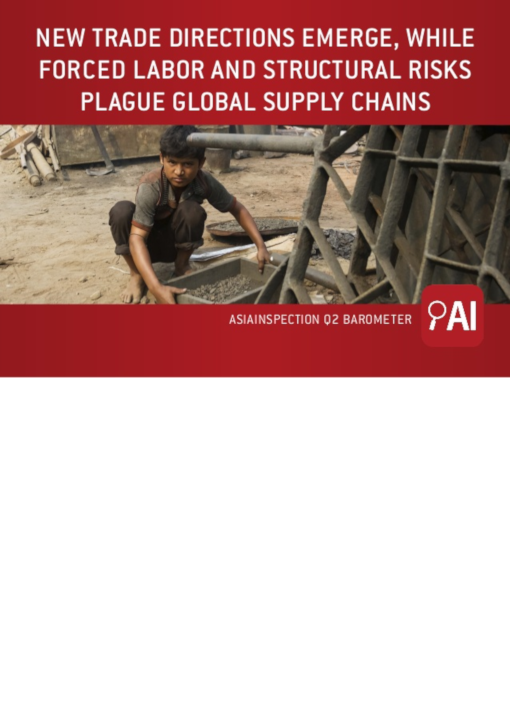
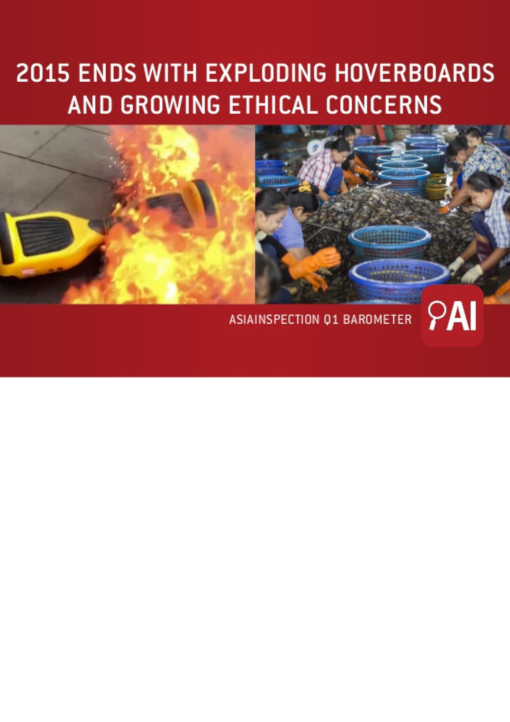
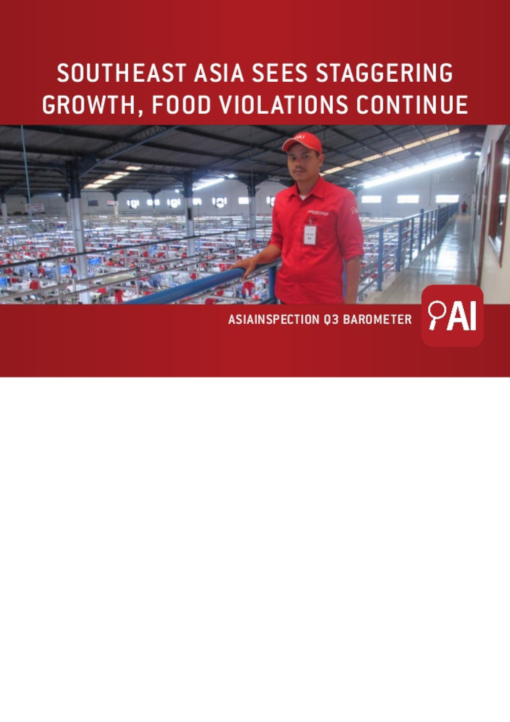

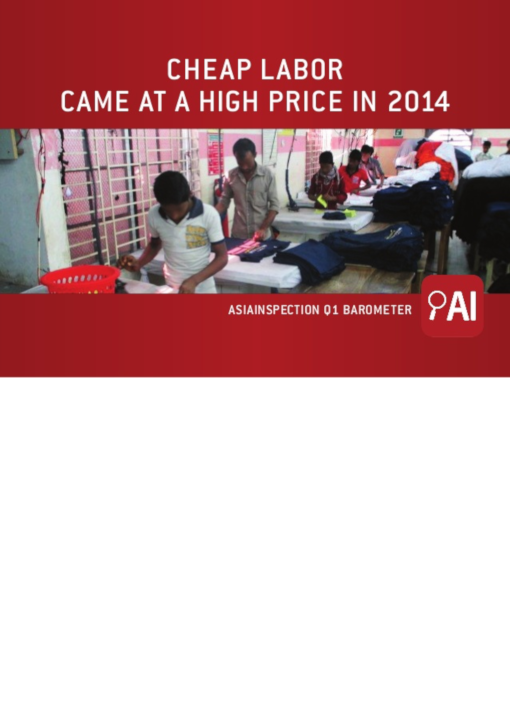
 Xem Demo
Xem Demo
